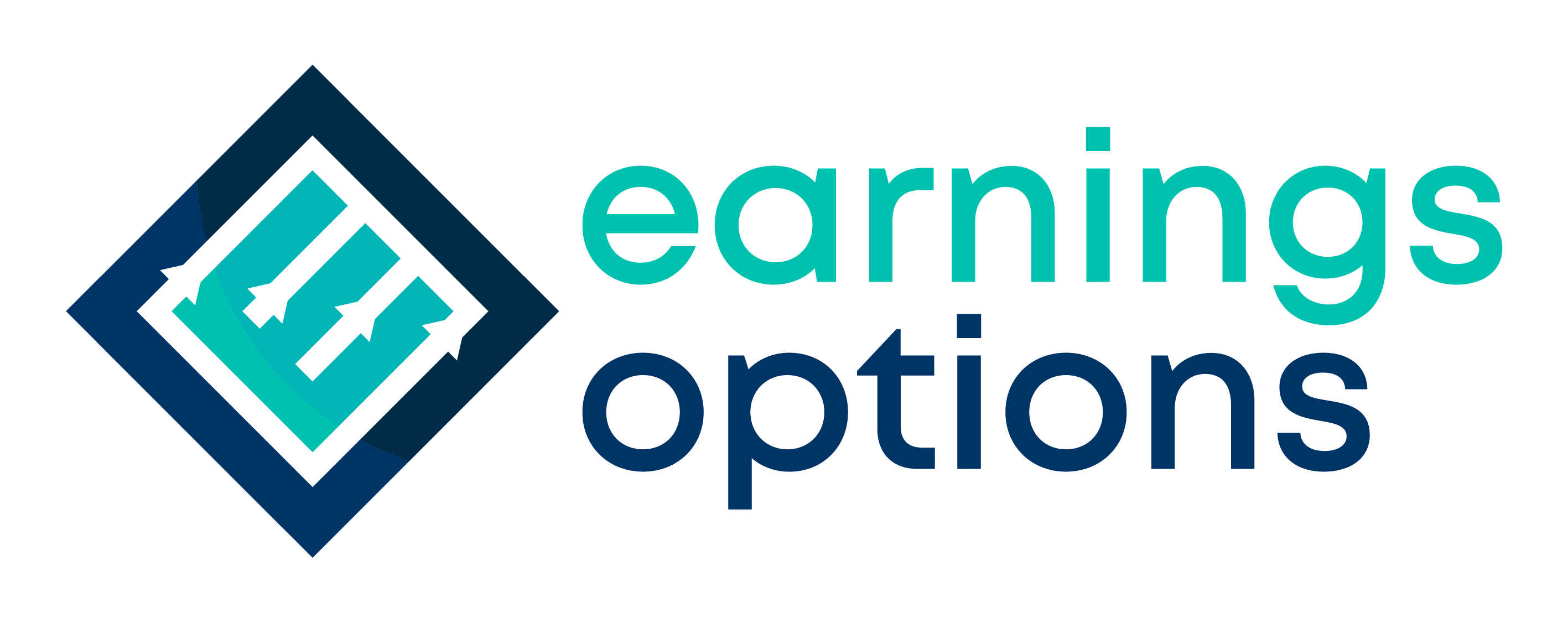As the baby boomer generation continues to age, the sustainability of Medicare, a critical component of the United States healthcare system, has become a subject of intense scrutiny and debate. Medicare, established in 1965, provides health insurance to Americans aged 65 and older, as well as to younger individuals with certain disabilities. However, with an increasing elderly population and escalating healthcare costs, the program faces significant challenges that necessitate innovative solutions. This article delves into the challenges confronting Medicare and explores potential innovations and strategies to ensure its continued viability and effectiveness in serving an aging population.
Challenges Facing Medicare:
- Demographic Shifts:
- The U.S. Census Bureau projects that by 2030, all baby boomers will be older than 65, resulting in one in every five residents being of retirement age. This demographic shift will place unprecedented pressure on Medicare, as more individuals will become eligible for benefits, leading to increased enrollment and higher expenditure.
- Rising Healthcare Costs:
- The cost of healthcare in the U.S. has been rising steadily, outpacing inflation and wage growth. Prescription drug prices, in particular, have skyrocketed. For Medicare, this translates into higher spending per beneficiary, straining the program’s financial resources.
- Inadequate Funding and Resources:
- The Medicare Hospital Insurance Trust Fund, which pays for Medicare Part A (hospital insurance), is funded primarily through payroll taxes. However, with a shrinking workforce relative to the beneficiary population, there is concern that the fund may be depleted in the coming years, jeopardizing access to essential services.
- Fraud and Inefficiency:
- Medicare is a large, complex system, making it susceptible to fraud and administrative inefficiencies. These issues divert resources away from patient care and contribute to the financial strain on the program.
Innovations and Strategies for Sustainability:
- Value-Based Care:
- Transitioning from a fee-for-service model to value-based care is a crucial strategy for enhancing Medicare’s sustainability. This approach focuses on paying providers based on the quality of care delivered rather than the quantity of services provided. By incentivizing preventive care and efficient, high-quality services, Medicare can improve patient outcomes while controlling costs.
- Technology Integration:
- Leveraging technology, such as telemedicine and electronic health records, can enhance access to care, especially for beneficiaries in rural or underserved areas. Additionally, data analytics can be utilized to identify and prevent fraud, as well as to optimize resource allocation.
- Prescription Drug Pricing Reform:
- Addressing the high cost of prescription drugs is paramount. Strategies could include allowing Medicare to negotiate drug prices directly with pharmaceutical companies, promoting the use of generic and biosimilar drugs, and implementing price transparency.
- Encouraging Preventive and Coordinated Care:
- Investing in preventive services and care coordination can lead to better health outcomes and reduced costs in the long term. Programs such as the Chronic Care Management initiative are designed to improve care for Medicare beneficiaries with multiple chronic conditions by facilitating coordination among healthcare providers.
- Promoting Healthy Aging and Lifestyle:
- Encouraging beneficiaries to adopt healthier lifestyles can contribute to improved health outcomes and reduced healthcare utilization. Initiatives focused on physical activity, nutrition, and smoking cessation are examples of strategies that can promote healthy aging.
- Enhancing Workforce Training and Education:
- Investing in the training and education of healthcare professionals, particularly in geriatrics and chronic disease management, is essential to meet the unique needs of an aging population.
- Implementing Alternative Payment Models:
- Exploring and expanding alternative payment models, such as Accountable Care Organizations (ACOs) and bundled payments, can incentivize cost-effective, high-quality care.
- Improving Access to Palliative and End-of-Life Care:
- Enhancing access to palliative care and advance care planning can improve the quality of life for beneficiaries with serious illnesses while potentially reducing unnecessary hospitalizations and procedures.
- Strengthening Program Integrity:
- Investing in program integrity efforts to combat fraud and abuse is crucial. This includes enhancing screening and enrollment processes, conducting regular audits, and imposing penalties on fraudulent activities.
- Engaging Beneficiaries and Caregivers:
- Empowering beneficiaries and their caregivers with information and tools to manage their health can lead to more informed healthcare decisions and better health outcomes. Patient education and engagement initiatives are key components of this strategy.
Ensuring the sustainability of Medicare in the face of demographic shifts and rising healthcare costs is a complex challenge that requires a multifaceted approach. Innovations in care delivery, payment models, technology integration, and program integrity, combined with efforts to promote preventive care and healthy aging, are critical components of a comprehensive strategy. By addressing these issues proactively, we can work towards a sustainable Medicare program that continues to provide vital healthcare services to America’s elderly population, enhancing their quality of life and wellbeing.

